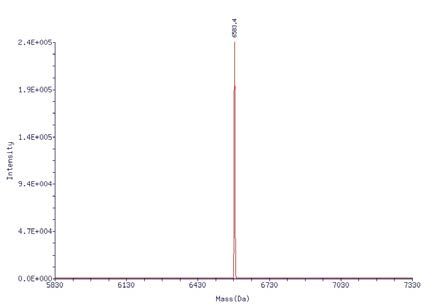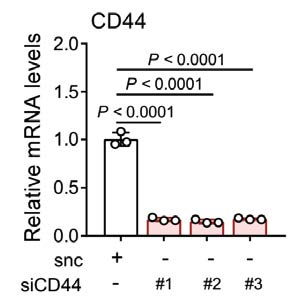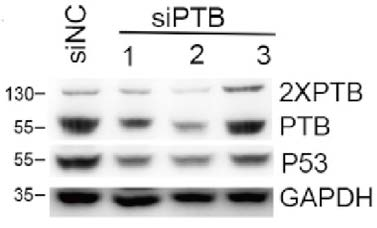






|
Service |
Details |
length(nt) |
Quantity |
Turnaround Time (Business Day) |
Purification |
QC |
Deliverable |
|
siRNA |
Custom synthesis |
20-25 |
5 nmol or 2 OD |
3-4 |
RNase free HPLC |
HPLC |
· Tube or customized · COA report (electronic) |
|
siRNA NC |
Various types available: negative/positive control siRNA, transfection control siRNA, etc. |
In-stock |
|||||
|
3 siRNA, 1 Guaranteed |
With a transfection efficiency of 80%, at least one out of the three siRNAs should achieve an mRNA interference efficiency of over 70%. |
5 nmol or 2 OD |
3-4 |
HPLC | |||
|
4 siRNA, 1 Guaranteed |
With a transfection efficiency of 80%, at least one out of the four siRNAs should achieve an mRNA interference efficiency of over 70%. |
5 nmol or 2 OD |
3-4 |
||||
|
Large-scale siRNA |
Up to kg level |
≥20 nmol or |
Evaluation |


